Weight Equipment

What sports equipment do I need for a complete home gym setup ?
Setting up a home gym requires careful consideration of various types of sports equipment to ensure a comprehensive workout routine. Here's a summary of the key components: 1. **Cardiovascular Equipment**: Includes treadmills, ellipticals, stationary bikes, and rowing machines for endurance and cardio training. 2. **Strength Training Equipment**: Dumbbells, weight plates, barbells, kettlebells, and resistance bands are essential for building muscle mass and overall strength. 3. **Bodyweight Training**: Pull-up bars, parallette bars, and wall-mounted rings facilitate calisthenics exercises using one's body weight as resistance. 4. **Stretching and Recovery**: Foam rollers and yoga mats aid in muscle recovery, flexibility improvement, and floor exercises. 5. **Additional Items**: An exercise bench, jump rope, and a timer or app can complement your workouts with versatility and intensity tracking. Space availability and budget should guide your choices, allowing you to start with basics and expand gradually. With the right selection of equipment, you can create a well-rounded home gym that supports all aspects of fitness and wellness.

What are the best sports equipment for beginners ?
The article provides a list of seven essential pieces of sports equipment for beginners, including yoga mats, dumbbells, resistance bands, jump ropes, foam rollers, kettlebells, and swim goggles. Each piece of equipment is described in terms of its benefits, uses, and recommendations for beginners. The article emphasizes the importance of having the right equipment for success in any sport and encourages beginners to prioritize safety and proper form when using new equipment.

What new materials are being used in the production of sports equipment ?
The sports industry is constantly evolving, and with that evolution comes the introduction of new materials used in the production of sports equipment. These materials are designed to enhance performance, increase durability, and improve safety for athletes. Some of the latest materials being used in sports equipment production include carbon fiber, titanium, aerogel, Kevlar, and polyurethane foam. Carbon fiber is lightweight yet incredibly strong, making it ideal for use in items such as bicycle frames, tennis rackets, and golf clubs. Titanium is lightweight, corrosion-resistant, and extremely durable. Aerogel is incredibly light yet strong enough to support significant weight. Kevlar is known for its exceptional strength and heat resistance. Polyurethane foam provides excellent cushioning and shock absorption properties. As technology advances and athletes demand better performance from their gear, we can expect to see even more innovative materials being developed and incorporated into sports equipment production.

Does lifting weights help with weight loss ?
Weight loss is a common goal for many people, and weightlifting is one of the most popular methods. However, does lifting weights help with weight loss? This article explores the benefits and drawbacks of weightlifting as a means of weight loss. One of the main benefits of weightlifting is muscle growth, which can lead to an increase in metabolism and help with weight loss. In addition, weightlifting can also help with fat burning and improved cardiovascular health. However, there are also some potential drawbacks to weightlifting, including high initial costs, potential injuries, and a significant time commitment. If you are interested in trying weightlifting as a way to lose weight, make sure you do your research and find a program that fits your needs and lifestyle.
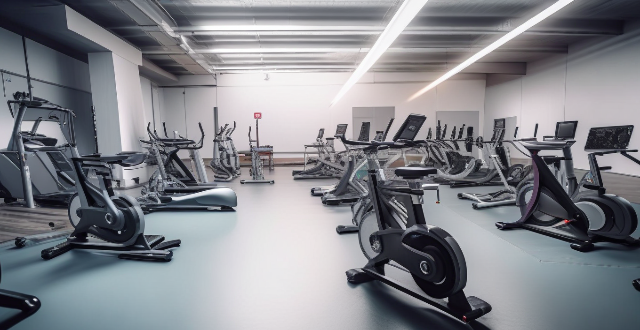
How has 3D printing technology changed the way we design and produce sports equipment ?
3D printing technology has revolutionized the sports equipment industry by enabling customization, rapid prototyping, complex designs, and on-demand production. This innovation benefits athletes with personalized gear, faster design cycles, optimized performance, and sustainable practices.
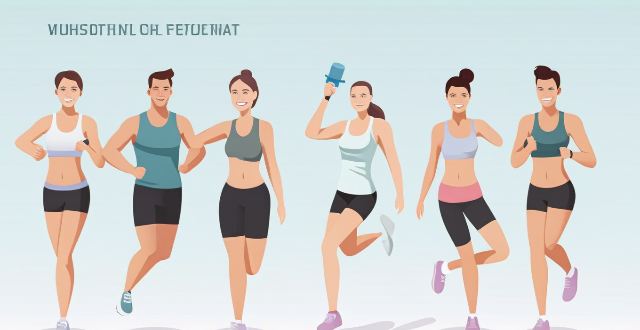
What are the best exercises for weight loss ?
Losing weight requires a combination of a healthy diet and regular exercise. The best exercises for weight loss include cardiovascular exercises like running, cycling, swimming, and jumping rope; strength training exercises like squats, lunges, push-ups, and planks; and high-intensity interval training (HIIT) workouts like Tabata, burpees, and mountain climbers. By incorporating these exercises into your routine, you can burn calories, build muscle, and improve your overall fitness level.
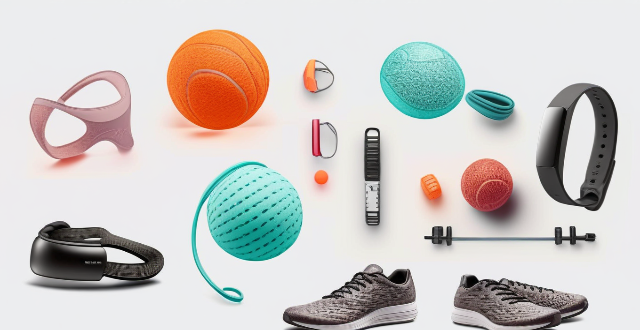
What are the latest innovations in sports equipment ?
The latest sports equipment innovations include smart wearable devices, improved materials and designs, virtual and augmented reality technologies, and connected gym equipment. These advancements aim to enhance performance, safety, and convenience for athletes at all levels.
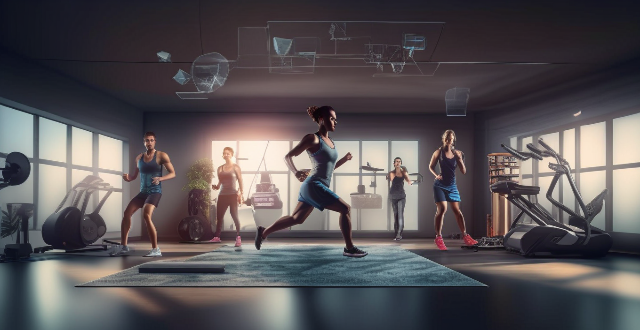
What are the latest trends in sports equipment technology ?
The latest trends in sports equipment technology include wearable devices, virtual reality training, augmented reality coaching, smart gym equipment, and biometric sensors. These innovations aim to improve athlete performance by providing personalized feedback and optimizing workouts.
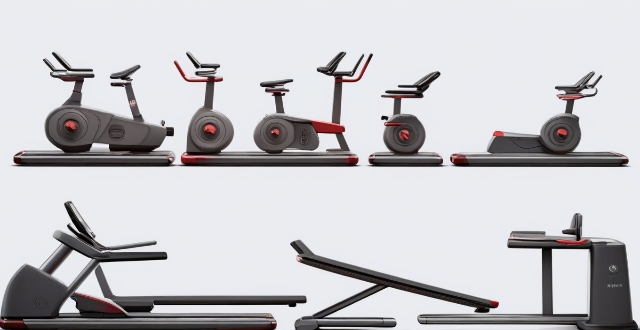
What are some examples of smart sports equipment ?
Smart sports equipment is revolutionizing physical activities by integrating technology to provide enhanced performance tracking, feedback, and engagement. Examples include wearable technology like fitness trackers and smart clothing, smart gym equipment such as connected weights and machines, interactive flooring, virtual reality and augmented reality apps, and smart balls and other sports gear. These devices are making it easier for athletes and enthusiasts to monitor their progress, optimize their training, and enjoy new levels of engagement in their chosen activities.

What kind of equipment do I need to start a home strength training program ?
Starting a home strength training program is an excellent way to improve your physical fitness and overall health. However, before you begin, it's essential to have the right equipment to ensure safety and effectiveness. In this article, we will discuss the various types of equipment needed for a successful home strength training program. Resistance bands are versatile and affordable tools that can be used for a wide range of exercises. They come in different strengths, from light to heavy, making them suitable for beginners and advanced trainers alike. Dumbbells are another essential piece of equipment for a home strength training program. They allow you to target specific muscle groups and perform compound movements that engage multiple muscle groups simultaneously. Kettlebells are similar to dumbbells but offer a unique shape and design that allows for more dynamic movements. A suspension trainer, such as TRX straps or rings, is an excellent tool for adding resistance to bodyweight exercises. A stability ball is a large, inflatable ball that can be used for various exercises targeting core strength, balance, and flexibility. Lastly, a medicine ball is a weighted ball that can be used for various exercises targeting power, strength, and coordination. In conclusion, having the right equipment is crucial for starting a successful home strength training program. By investing in resistance bands, dumbbells, kettlebells, a suspension trainer, stability ball, and medicine ball, you'll have everything you need to build strength, improve flexibility and balance, and achieve your fitness goals.

Can organic food help with weight loss ?
Organic food may aid weight loss by reducing exposure to harmful chemicals, offering higher nutrient content, having lower calorie density, and improving digestion. Incorporating organic options slowly, choosing locally grown produce, reading labels carefully, planning meals, and including protein sources can support a healthy eating plan conducive to weight loss.

Can fitness trackers help me achieve my weight loss goals ?
Fitness trackers can support weight loss by tracking steps, heart rate, sleep, and calories. They provide motivation, accountability, and data for decision making. However, they have limitations such as overreliance on technology and accuracy concerns. It's important to use them wisely and in conjunction with other healthy habits for effective weight loss.

How much weight should I lift during strength training ?
The amount of weight you should lift during strength training depends on various factors such as your fitness level, goals, and experience. Here are some guidelines to help you determine the appropriate weight for your routine: start with a light weight, increase gradually, choose the right number of repetitions, listen to your body, and consider your goals. Remember to consult with a fitness professional or personal trainer to develop a customized program that meets your specific needs and goals.

Can strength training help with weight loss ?
Strength training, involving the use of resistance to induce muscular contraction and build strength, can significantly contribute to weight loss by increasing metabolic rate, boosting post-exercise oxygen consumption (EPOC), improving body composition, and enhancing appetite control. Incorporating strength training into your routine, starting slowly and focusing on compound movements while staying consistent, can help achieve weight loss goals.

How can I find the best deals on sports equipment online ?
Finding the best deals on sports equipment online requires research, patience, and using various strategies. These include comparing prices across different retailers, looking for discount codes and promotions, shopping during sales and holidays, considering buying used or refurbished equipment, and joining loyalty and rewards programs. By following these tips, you can save money while getting high-quality gear for your favorite sports activities.

Can yoga help with weight loss ?
Yoga can be a valuable addition to a weight loss program due to its ability to improve muscle tone, increase flexibility, reduce stress levels, and promote mindful eating habits. Incorporating yoga into your routine along with other forms of exercise and healthy lifestyle habits can help you achieve your weight loss goals and improve overall health and well-being.

What are some healthy dinner recipes for weight loss ?
The text provides a list of eight healthy dinner recipes that can aid in weight loss. These recipes include grilled chicken with steamed vegetables, quinoa salad with roasted veggies, salmon with asparagus, lentil soup, turkey chili, stuffed bell peppers, cauliflower rice stir fry, and zucchini noodles with pesto sauce. The text emphasizes the importance of eating a balanced meal before bedtime to maintain a healthy weight and ensure the body gets necessary nutrients for optimal functioning.

Can running help me lose weight quickly ?
Running is a popular form of exercise that can help you lose weight quickly, but it's important to understand the factors that contribute to weight loss and how running fits into the equation. In this response, we'll explore the benefits of running for weight loss and provide tips on how to maximize your results. Benefits of Running for Weight Loss: 1. Burns Calories: Running is a high-intensity cardio workout that burns a significant number of calories per minute. The more calories you burn during exercise, the easier it is to create a calorie deficit, which is necessary for weight loss. 2. Increases Metabolism: Running can boost your metabolism, allowing you to burn more calories even when you're not exercising. This increased metabolic rate can lead to faster weight loss over time. 3. Builds Muscle: Running helps build lean muscle mass in your legs, glutes, and core. Muscle tissue burns more calories at rest than fat tissue, so having more muscle can contribute to faster weight loss. Tips for Maximizing Weight Loss with Running: 1. Set Realistic Goals: Aim for a healthy rate of weight loss, such as 1-2 pounds per week. Rapid weight loss can be harmful and difficult to maintain in the long term. 2. Combine Cardio and Strength Training: Incorporate strength training exercises into your routine to build muscle and increase your overall calorie burn. Focus on compound movements like squats, lunges, and deadlifts to target multiple muscle groups at once. 3. Stay Consistent: Make running a regular part of your routine, aiming for at least 3-4 sessions per week. Consistency is key to achieving long-term weight loss goals. 4. Watch Your Diet: Pay attention to what you eat and try to consume a balanced diet rich in whole foods, lean proteins, and healthy fats. Avoid processed foods, sugary drinks, and excessive amounts of alcohol, which can hinder weight loss efforts. 5. Rest and Recovery: Allow your body time to rest and recover between running sessions to prevent injury and avoid burnout. Incorporate stretching and foam rolling into your routine to aid recovery and improve flexibility. Conclusion: While running can be an effective way to lose weight quickly, it's important to approach your fitness journey with patience and realistic expectations. By combining running with strength training, watching your diet, and staying consistent with your workouts, you can maximize your weight loss results and achieve a healthier lifestyle.
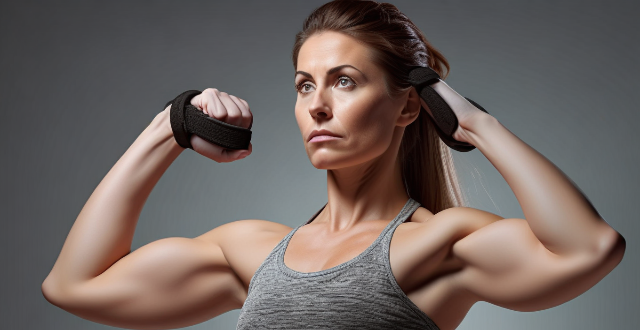
How does weight influence a woman's fertility ?
Fertility can be affected by weight, with both underweight and overweight conditions presenting challenges. Underweight may lead to hormonal imbalances, disrupting ovulation and menstrual regularity, while overweight or obese women might face issues like PCOS, endocrine disruptions, and inflammation. Maintaining a healthy weight is crucial for optimal fertility, supporting regular ovulatory cycles, improved hormonal balance, and better pregnancy outcomes. Tips for managing weight include consulting healthcare professionals, following a balanced diet, exercising regularly, managing stress, avoiding crash diets, and monitoring menstrual cycles.
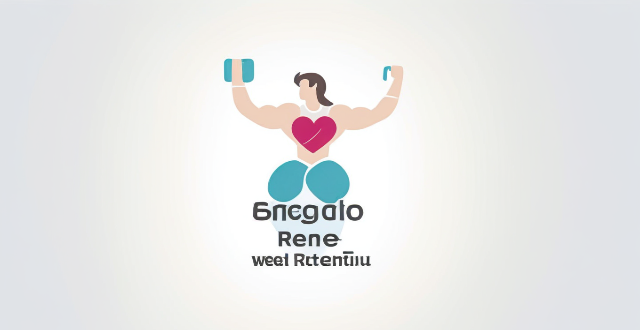
Can aerobic exercise help me lose weight ?
Aerobic exercise, or cardio, is an effective way to lose weight. It increases heart rate and breathing, leading to higher calorie burn during and after the workout. Moderate-intensity aerobic activities also use fat as fuel, improving metabolic rate for further calorie expenditure at rest. Regular cardio can strengthen heart muscles for efficient blood pumping and contribute to muscle endurance. Types of aerobic exercises include running, cycling, swimming, walking, and group fitness classes like Zumba. To successfully incorporate aerobic exercise into a weight loss plan, it's recommended to start slowly, mix up activities, stay consistent, and combine with strength training. Potential challenges such as overexertion and plateaus in progress should be managed by adjusting routines. Overall, aerobic exercise can aid in weight loss when part of a balanced fitness regimen.

Can eating a healthy diet help with weight loss ?
Eating a healthy diet is crucial for weight loss and overall health. A balanced meal plan can increase satiety, improve nutrient intake, reduce cravings, and enhance digestion. To create a healthy meal plan, focus on whole foods, control portion sizes, choose healthy fats, stay hydrated, and plan ahead. By following these tips, you can achieve your weight loss goals while nourishing your body with essential nutrients.

Can engaging in sports help with weight management ?
Engaging in sports can help with weight management by increasing calorie burn, improving metabolism, increasing muscle mass, reducing the risk of obesity-related diseases, and providing mental health benefits. However, a healthy diet and lifestyle habits are also essential for long-term success.
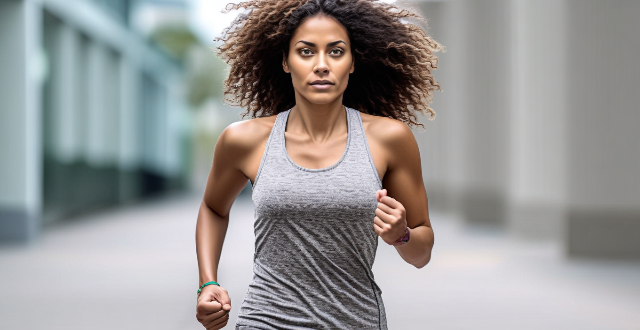
What kind of diet is recommended for women who want to lose weight through exercise ?
Recommended diet for women who want to lose weight through exercise includes lean protein, complex carbohydrates, healthy fats, and plenty of water. It's important to eat a light meal or snack before workouts and refuel with protein and carbohydrates after exercising. Portion control and avoiding empty calories are also crucial for weight loss success.

Is weight-bearing exercise really necessary for bone health ?
Weight-bearing exercises are often recommended for maintaining bone health, but is it really necessary? Let's explore this topic in detail. Weight-bearing exercises include any activity that requires you to carry your own body weight, such as walking, jogging, dancing, climbing stairs, and weightlifting. These exercises can help strengthen bones and muscles, improve balance and coordination, and reduce the risk of falls. Maintaining healthy bones is crucial for overall health and well-being. Strong bones provide support and protection for your body, allowing you to move with ease and perform daily activities without pain or discomfort. Additionally, having strong bones can help prevent fractures and other injuries. Weight-bearing exercises have numerous benefits on bone health, including stimulating bone growth, improving bone density, reducing the risk of falls and injuries, and promoting overall health and well-being. However, there are some alternatives to weight-bearing exercise that may be beneficial for people who cannot engage in these types of activities. These include resistance training, yoga or Pilates, and swimming. In conclusion, weight-bearing exercises are highly recommended for maintaining bone health due to their numerous benefits on bone growth, density, and overall health and well-being. However, there are alternative exercises that may be beneficial for people who cannot engage in weight-bearing activities. It's always best to consult with a healthcare professional before starting any new exercise program.

How many calories should I burn to lose weight ?
To lose weight, you need to create a calorie deficit by burning more calories than you consume. Your calorie needs depend on several factors, including your age, gender, height, weight, and activity level. Increasing physical activity, eating a healthy diet, drinking plenty of water, and getting enough sleep can help you create a calorie deficit and lose weight successfully. Tracking your progress through food diaries, weighing yourself regularly, taking measurements, and setting realistic goals can help you stay motivated and focused on your weight loss journey.